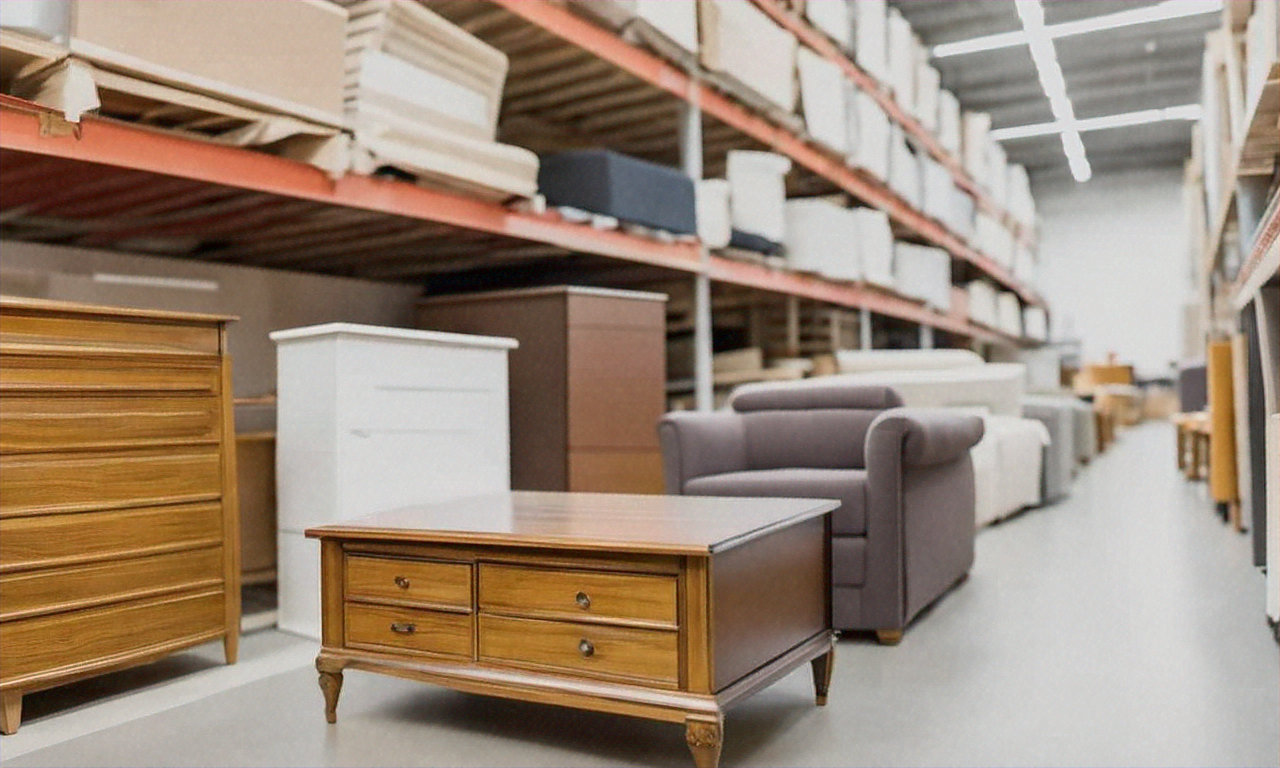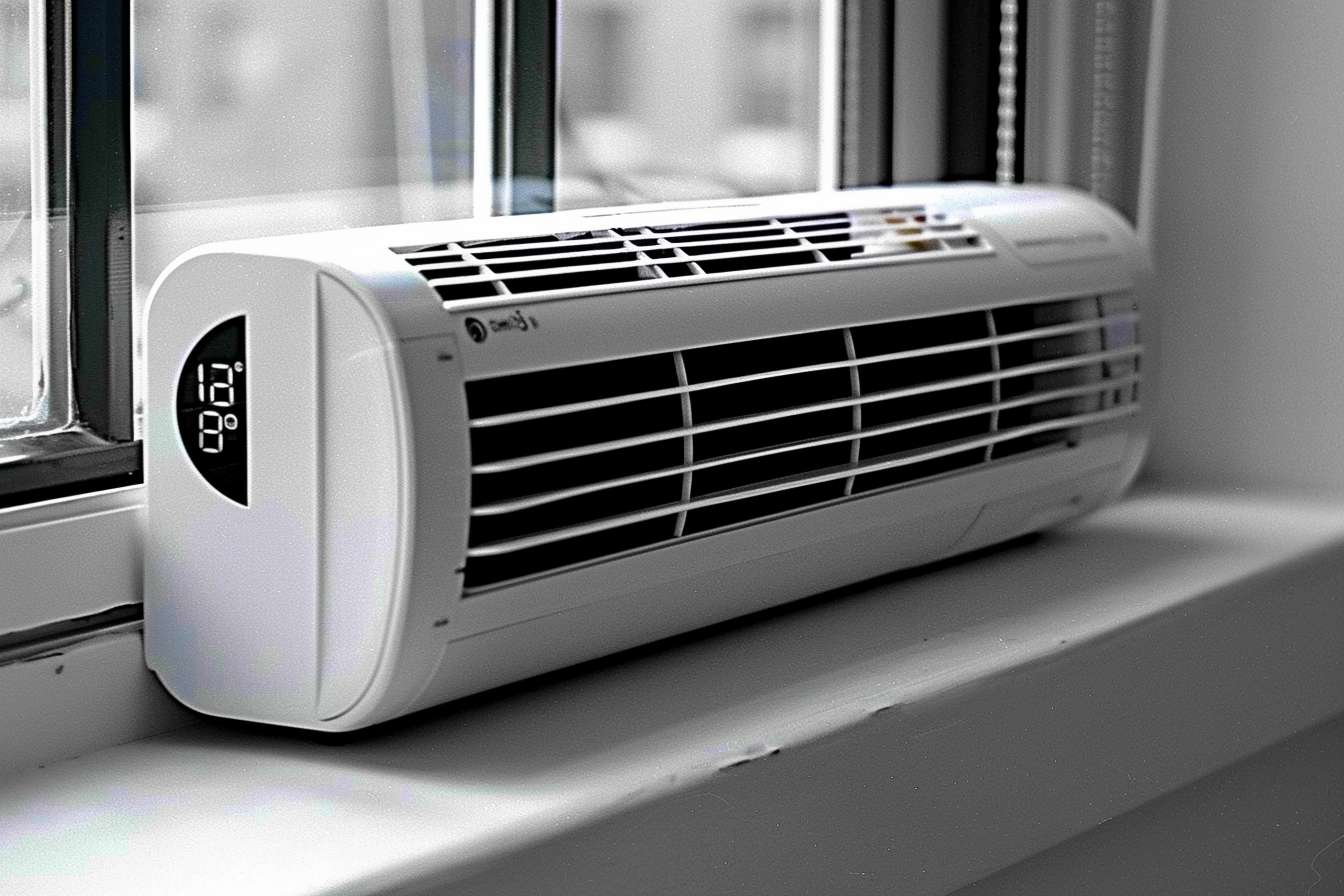Smart Storage Cabinets: Transform Your Home Organization
Storage cabinets can help keep homes organized by providing dedicated space for household items, tools, or personal belongings. Available in various sizes, styles, and materials, they are a practical addition to kitchens, garages, bedrooms, and other living areas.

What Types of Storage Cabinets Work Best for Different Rooms?
Home storage cabinets vary significantly based on their intended use and location. Kitchen pantry cabinets feature adjustable shelving and deep compartments ideal for food storage and small appliances. Bedroom armoires provide hanging space alongside shelved storage for clothing and accessories. Garage storage cabinets typically use heavy-duty materials like steel or high-grade plastic to withstand temperature fluctuations while organizing tools and seasonal items.
Bathroom storage cabinets focus on moisture resistance, often incorporating glass or treated wood with sealed finishes. Living room entertainment centers combine open and closed storage, accommodating electronics while concealing cables and media collections. Each room’s unique requirements influence cabinet design, from ventilation features in kitchen units to reinforced shelving in workshop storage systems.
How Do Smart Storage Solutions Maximize Space Efficiency?
Smart storage technology has revolutionized traditional cabinet design through innovative features that optimize every square inch. Pull-out drawers, rotating corner units, and adjustable shelving systems adapt to changing storage needs. Multi-level compartments utilize vertical space effectively, while slide-out bins provide easy access to items stored in cabinet depths.
Modern storage cabinets incorporate organizational accessories like dividers, hooks, and specialized racks designed for specific items. Modular systems allow homeowners to customize configurations as needs evolve. Some smart storage solutions include integrated lighting, soft-close hinges, and even temperature control features for sensitive items. These technological enhancements transform basic storage into sophisticated organizational systems.
Which Materials Offer the Best Durability and Value?
Material selection significantly impacts both cabinet longevity and cost-effectiveness. Solid wood cabinets, including oak, maple, and cherry, provide exceptional durability and timeless appeal but require higher initial investment. Engineered wood products like plywood and MDF offer good stability at moderate prices, making them popular choices for painted finishes.
Metal storage cabinets excel in garages and utility areas, resisting moisture, pests, and heavy use. Steel options provide maximum security, while aluminum units offer corrosion resistance. Plastic and resin cabinets work well in humid environments like basements or outdoor storage areas. High-quality laminate surfaces combine durability with easy maintenance, available in numerous colors and wood-grain patterns to match any decor style.
What Size Considerations Are Important for Proper Fit?
Proper cabinet sizing requires careful measurement of available space and assessment of storage needs. Standard cabinet depths range from 12 inches for wall-mounted units to 24 inches for floor-standing models. Height varies from compact 30-inch units suitable for under-counter installation to full-height 84-inch pantry cabinets that maximize vertical storage.
Width options span from narrow 12-inch units perfect for tight spaces to expansive 72-inch systems for larger rooms. Custom sizing accommodates unusual spaces or specific requirements. Consider door swing clearance, drawer extension space, and accessibility when planning cabinet placement. Proper measurements ensure cabinets integrate seamlessly into existing layouts while providing maximum storage capacity.
Why Are Storage Cabinets Essential for American Homes?
American homes average larger square footage compared to global standards, yet families accumulate substantial possessions requiring organized storage solutions. The rise of online shopping has increased household inventory, while multi-generational living trends create diverse storage needs within single homes. Open-concept designs popular in contemporary American architecture rely heavily on closed storage to maintain clean, uncluttered appearances.
Regional factors influence storage cabinet preferences across the United States. Homes in hurricane-prone areas favor secure, water-resistant storage options. Northern climates require seasonal storage solutions for winter gear and holiday decorations. Western states with earthquake risks prefer anchored, low-profile storage systems. These geographic considerations shape cabinet design and installation practices nationwide.
How Do Popular Storage Cabinet Brands Compare?
Several manufacturers dominate the American storage cabinet market, each offering distinct advantages and price points. Understanding these options helps homeowners make informed purchasing decisions based on budget and quality requirements.
| Brand | Price Range | Key Features | Best For |
|---|---|---|---|
| IKEA | $50-$400 | Modular design, easy assembly | Budget-conscious buyers |
| ClosetMaid | $80-$600 | Wire and laminate options | Closet organization |
| Gladiator | $200-$800 | Heavy-duty garage storage | Tool and equipment storage |
| KraftMaid | $300-$1,200 | Custom sizing, premium materials | Kitchen and bath applications |
| Sterilite | $25-$150 | Plastic construction, stackable | Basement and utility storage |
Prices, rates, or cost estimates mentioned in this article are based on the latest available information but may change over time. Independent research is advised before making financial decisions.
Conclusion
Storage cabinets represent smart investments in home organization and property value. Whether addressing immediate clutter concerns or planning comprehensive storage systems, the right cabinets transform chaotic spaces into functional, attractive areas. Consider room-specific requirements, material preferences, and long-term needs when selecting storage solutions. Quality cabinets provide years of reliable service while adapting to changing household demands, making them essential components of well-organized American homes.




